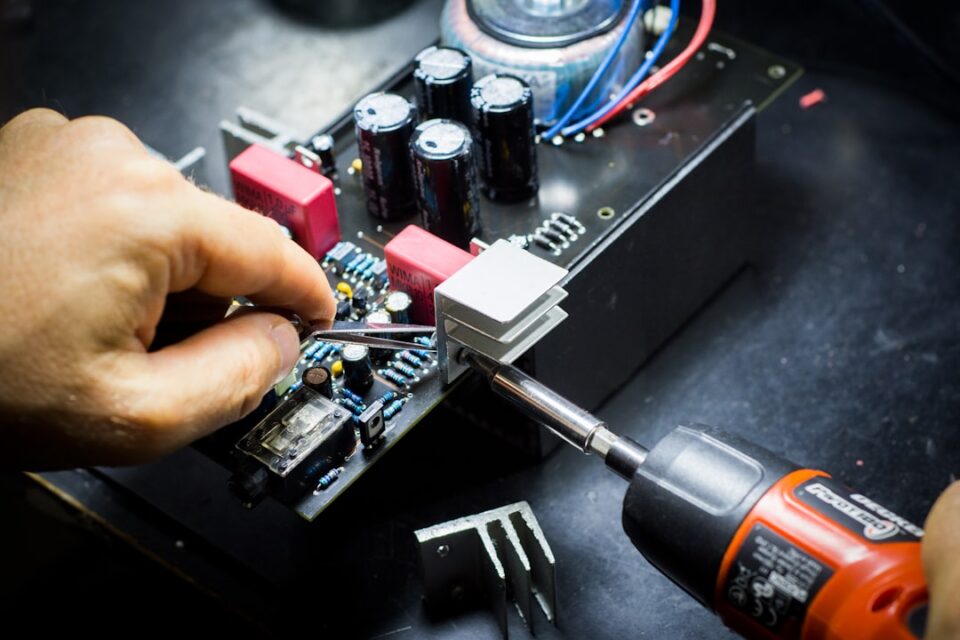Manufacturing is a complex process that involves various stages from the initial design to the final production. One of the key aspects of ensuring high-quality products is implementing effective quality control techniques. Quality control is essential in manufacturing to ensure that the products meet the desired specifications and standards.
There are several quality control techniques that are commonly used in manufacturing to ensure the quality and consistency of products. One of the most common techniques is statistical process control (SPC). SPC involves monitoring and controlling the production process through the use of statistical methods. By collecting and analyzing data on key process parameters, manufacturers can identify any variations or abnormalities in the manufacturing process and take corrective actions to prevent defects.
Another important quality control technique in manufacturing is Six Sigma. Six Sigma is a data-driven approach that aims to improve the quality of products by reducing defects and variability in the production process. By using statistical tools and methodologies, manufacturers can identify and eliminate root causes of defects, resulting in higher-quality products and improved customer satisfaction.
Total Quality Management (TQM) is another quality control technique that is commonly used in manufacturing. TQM involves the continuous improvement of all aspects of the manufacturing process, from product design to customer service. By focusing on quality at every stage of the process and involving all employees in the quality improvement efforts, manufacturers can achieve higher levels of product quality and customer satisfaction.
Lean manufacturing is another quality control technique that focuses on eliminating waste and improving efficiency in the production process. By streamlining processes, reducing inventory, and optimizing workflow, manufacturers can improve the quality of products and reduce costs.
In addition to these techniques, manufacturers also use various tools and methodologies such as failure mode and effects analysis (FMEA), control charts, and root cause analysis to identify and prevent defects in products. By implementing a combination of these quality control techniques, manufacturers can ensure that their products meet the desired quality standards and specifications.
Overall, quality control techniques play a crucial role in ensuring the quality and consistency of products in manufacturing. By continuously monitoring and improving the production process, manufacturers can produce high-quality products that meet customer expectations and maintain a competitive edge in the market. Implementing effective quality control techniques is essential for manufacturers to achieve success and maintain a strong reputation for delivering quality products.


